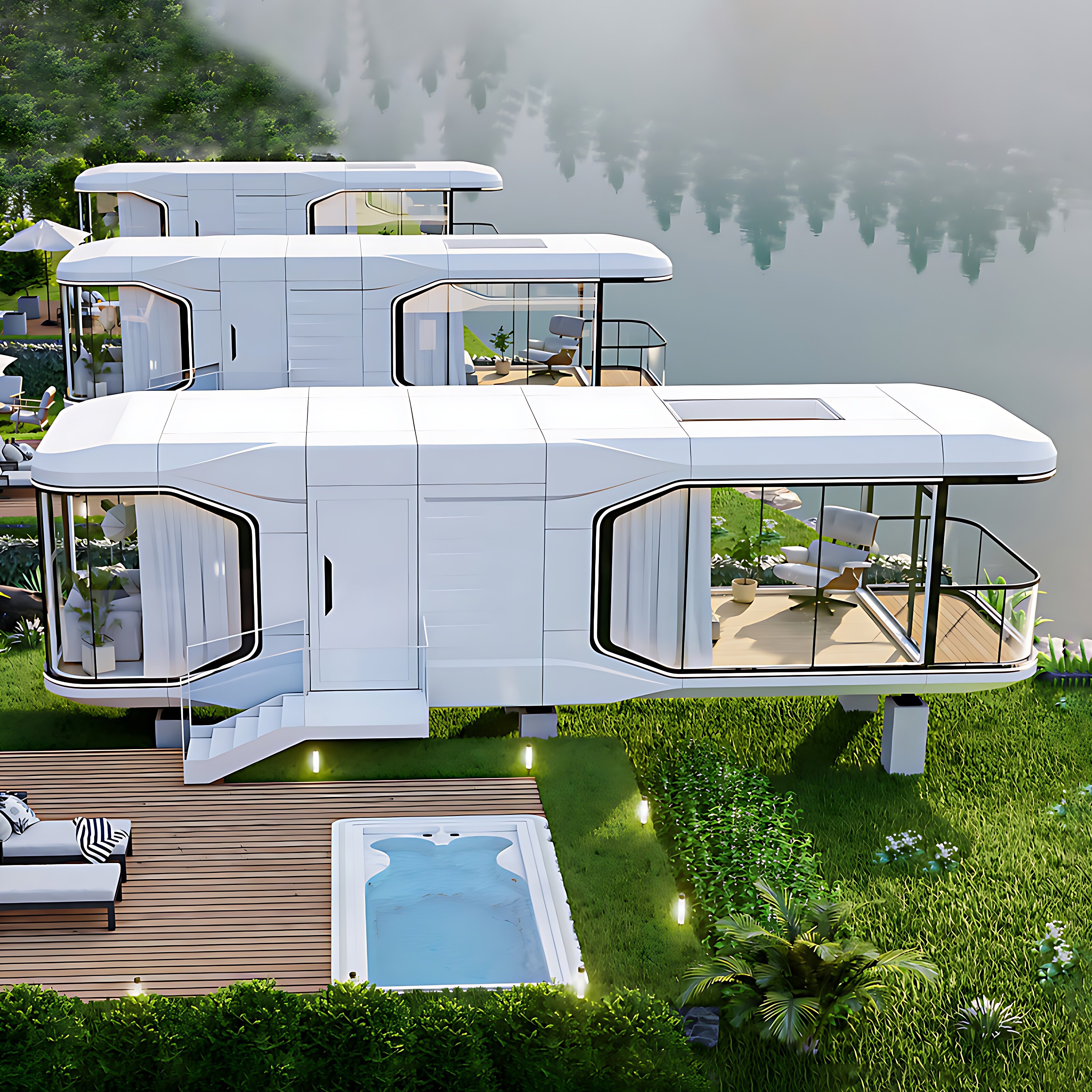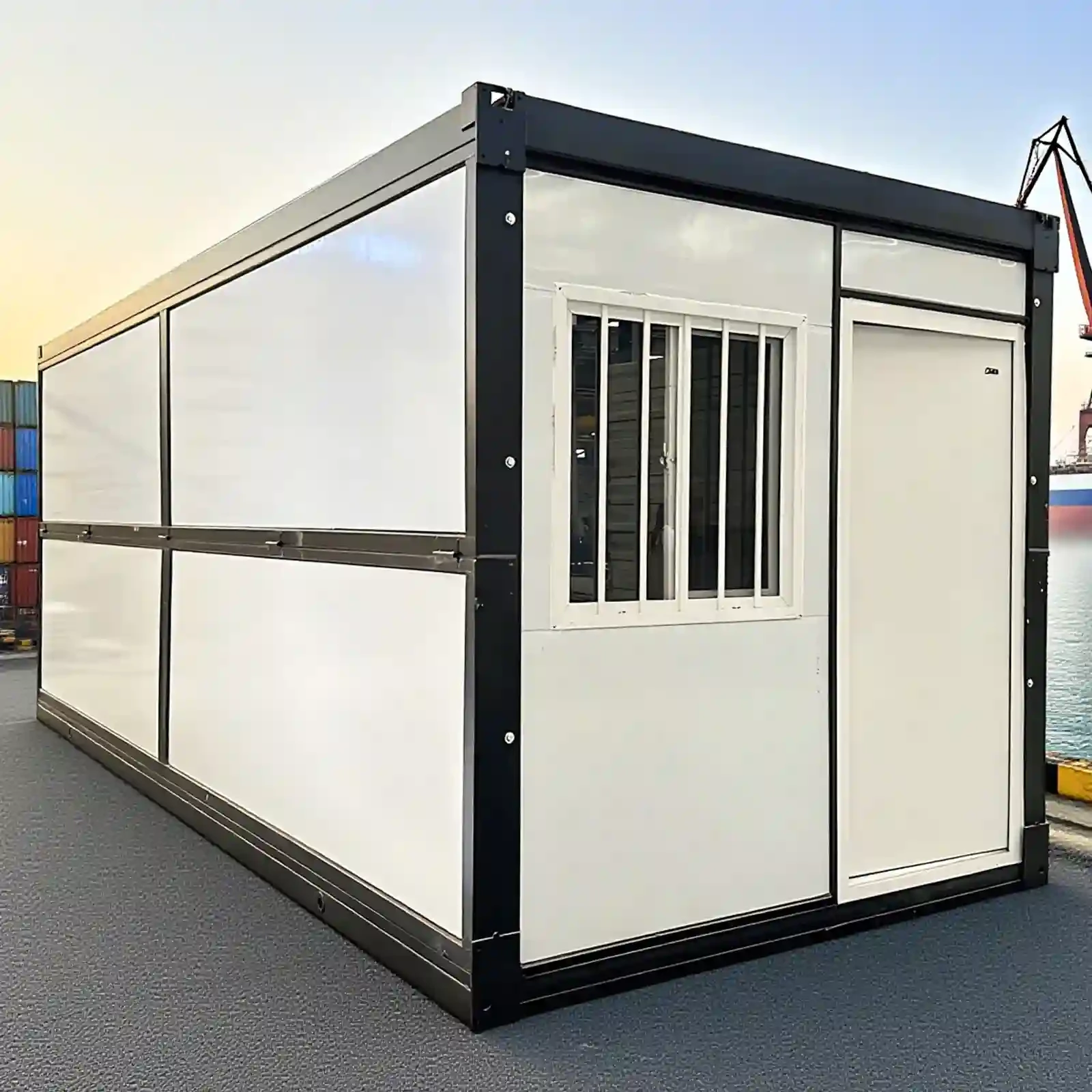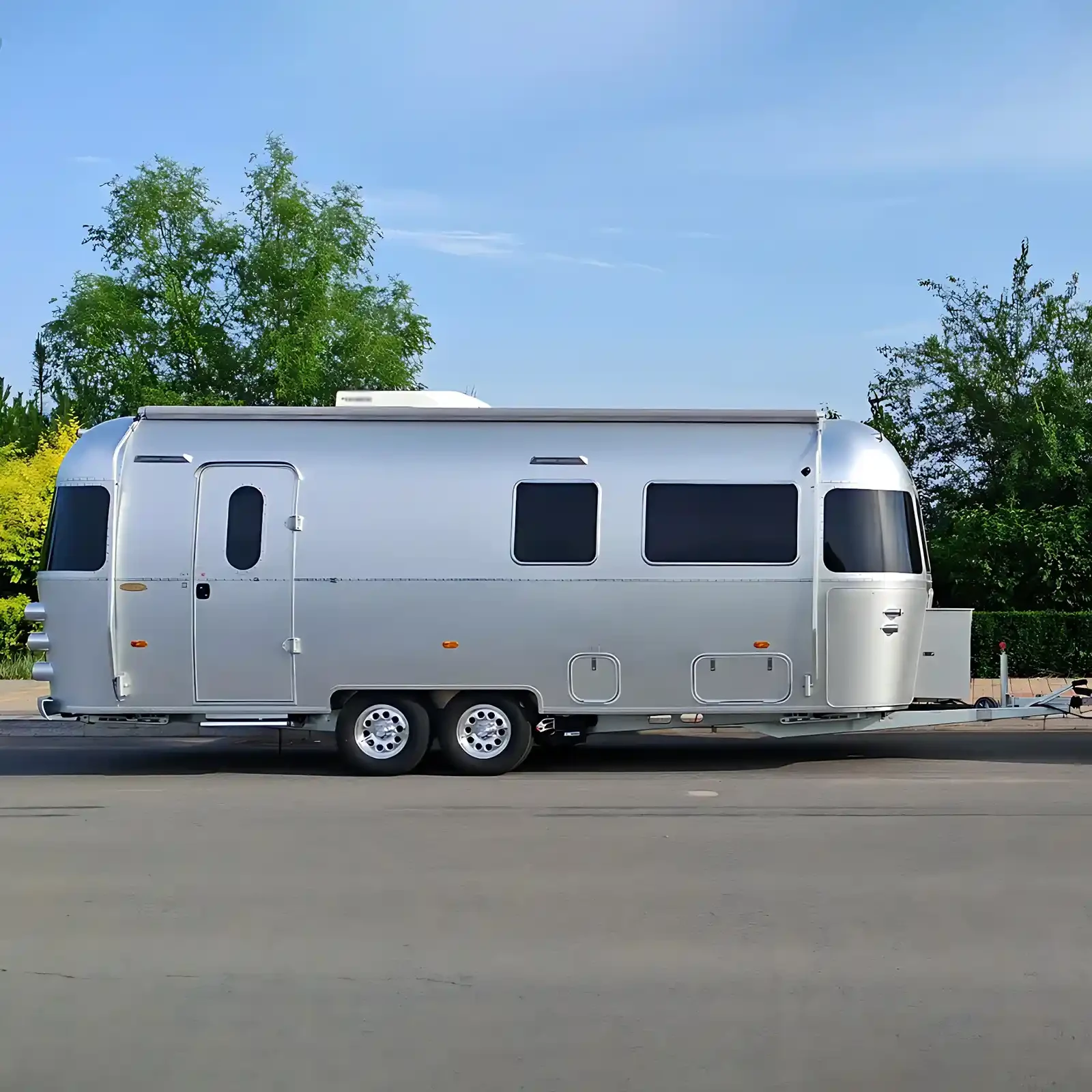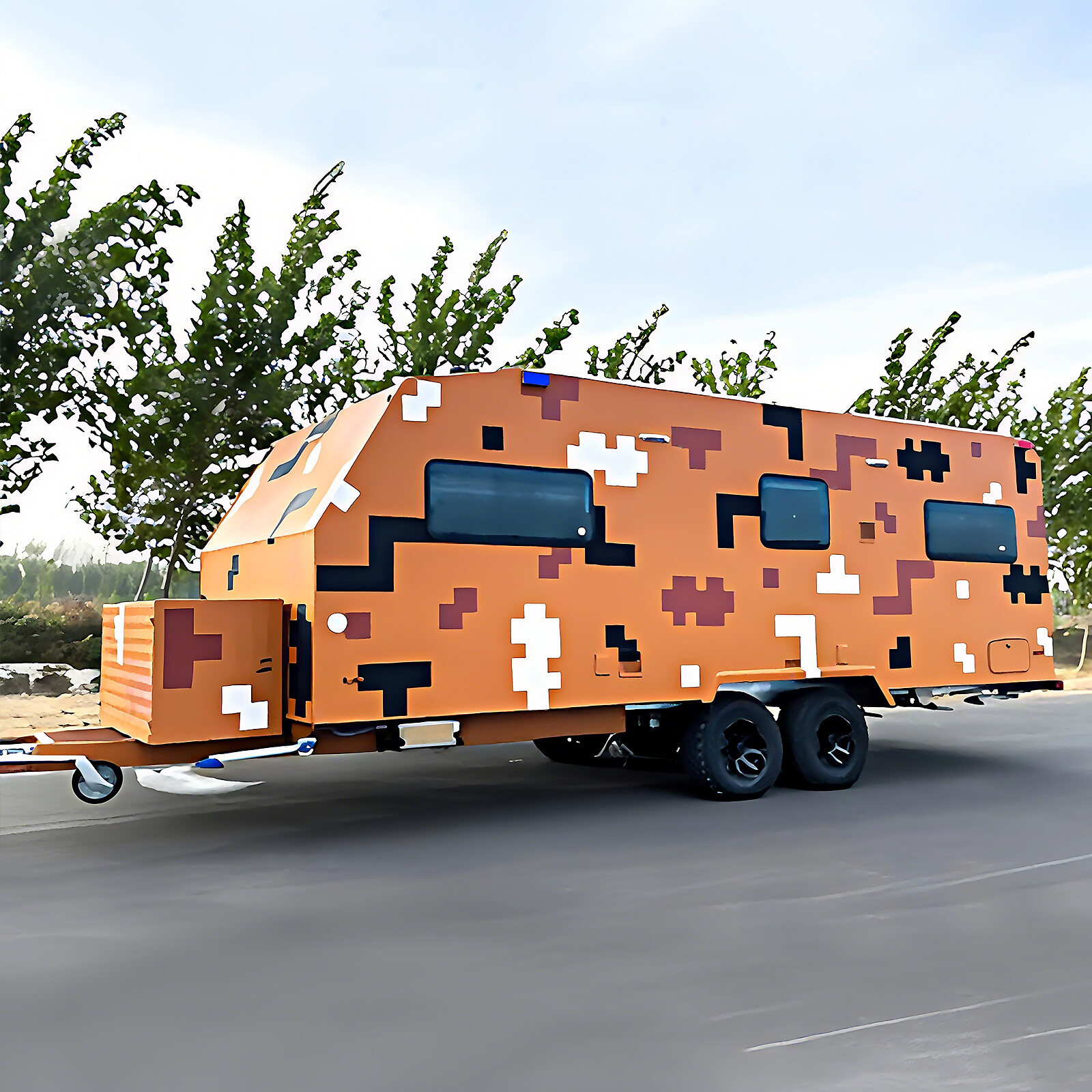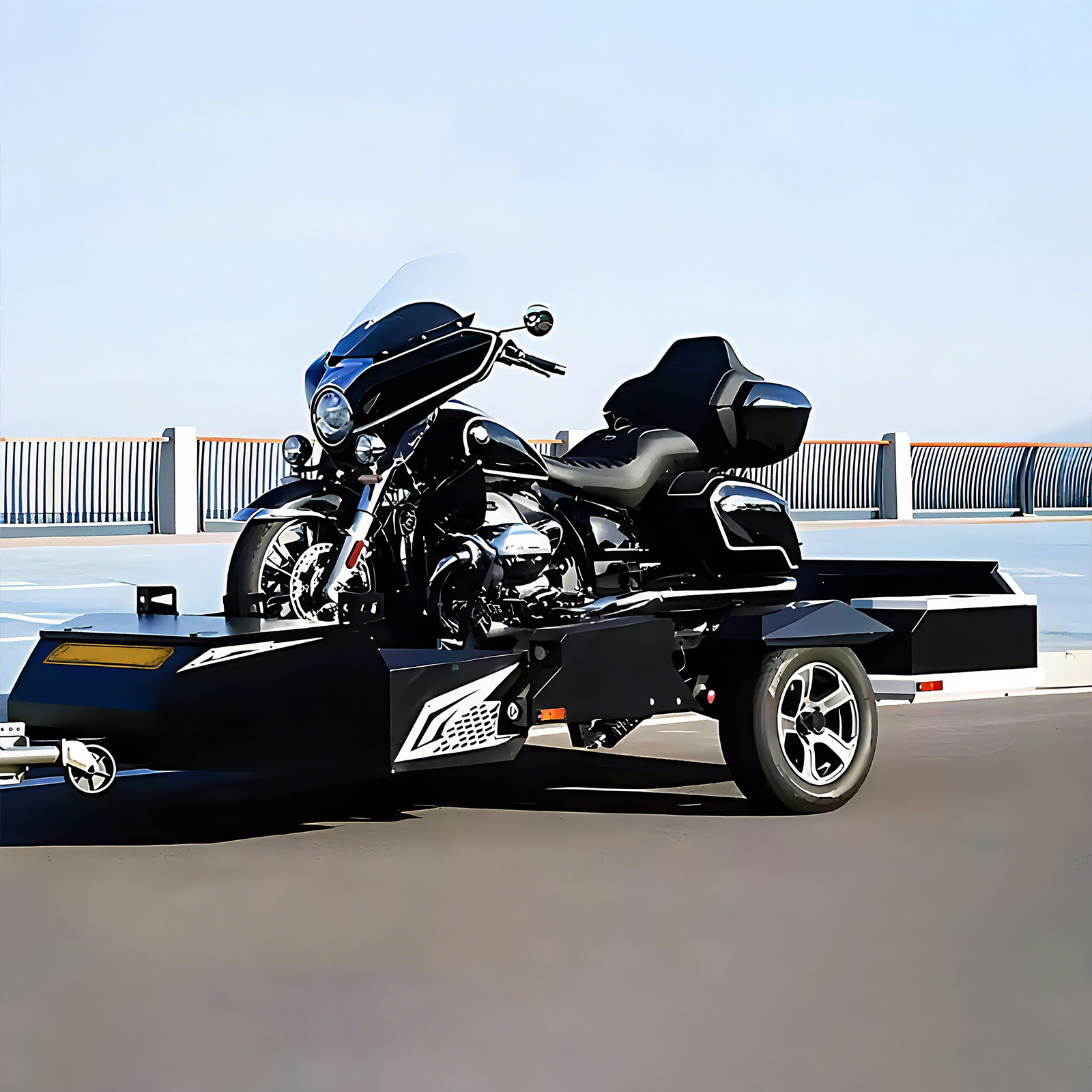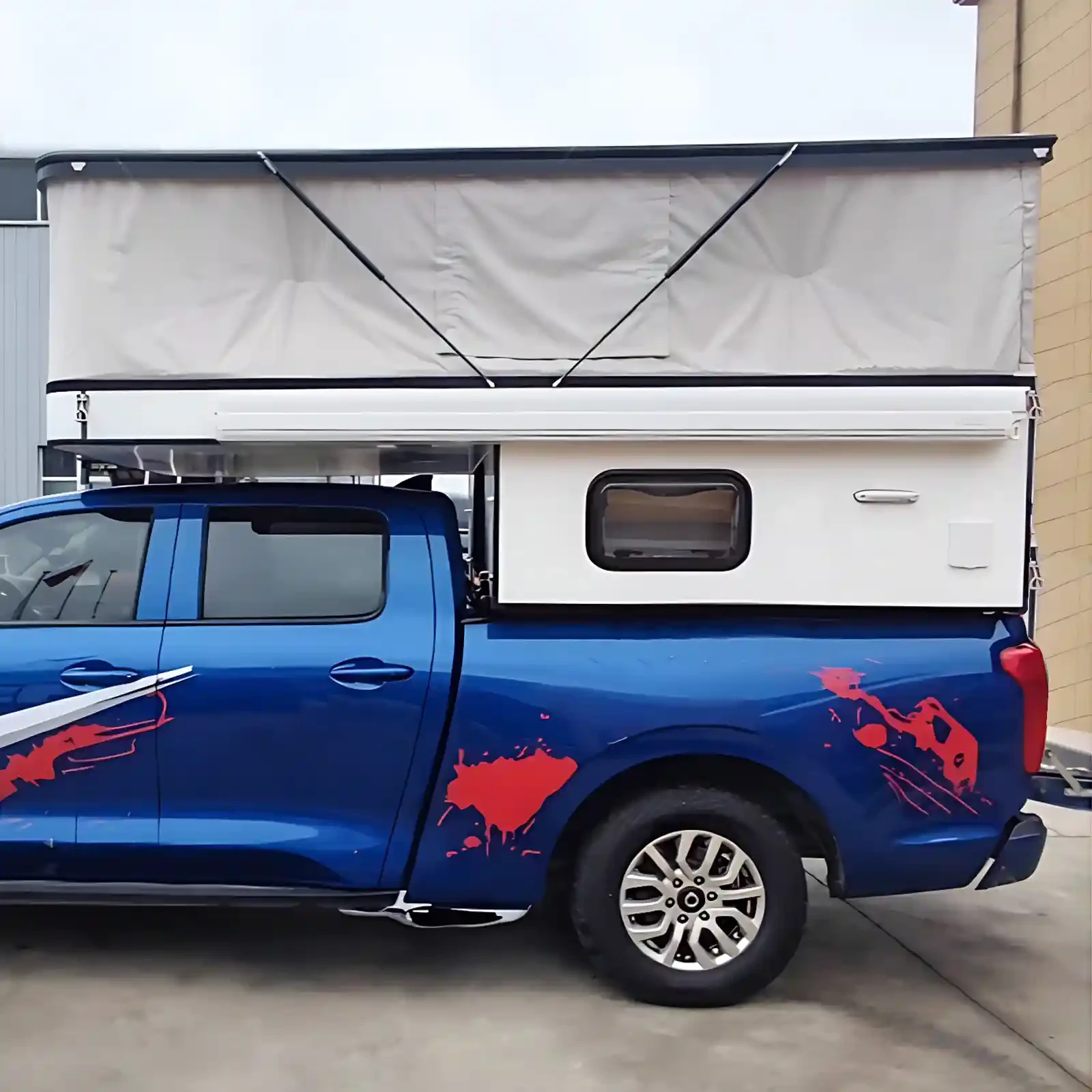In today's world of personalized and convenient living experiences, mobile capsule homes are emerging with their unique advantages. However, their safety in inclement weather has become a focus of attention. From structural design to material selection, from protective measures to emergency response, capsule homes have established a comprehensive safety system.
Stable structural design to withstand strong winds and rainstorms
Wind-resistant design
Space capsule housing typically features a sturdy, integrated structure, with the main frame often constructed from high-strength aluminum alloy or steel. Aluminum alloy, with its low density and high strength, ensures a lightweight structure while offering excellent wind resistance. Steel, with its exceptional strength, provides solid support for the space capsule against strong winds. For example, specially processed Q345 steel boasts a yield strength exceeding 345 MPa, effectively withstanding strong winds.
Space capsules often feature a streamlined design to reduce wind resistance. When strong winds strike, air can flow more smoothly over the capsule's surface, reducing the force exerted by the wind on the capsule. For example, a common space capsule, with its rounded top and smooth side lines, has been shown in wind tunnel tests to reduce wind resistance by 30%-40% compared to traditional square structures. Furthermore, the capsule's base is typically equipped with stable support legs or anchoring devices. In areas with strong winds, anchor bolts secure the capsule to the ground foundation, ensuring rock-solid stability even in high winds.
Waterproof design
Waterproofing is directly related to the safety of the space capsule during heavy rain. The capsule's outer shell is constructed of materials with excellent sealing properties, such as high-strength composite materials or metal sheets, and joints are sealed with high-quality sealing strips. The roof is often sloped, typically between 15° and 30°, to allow rainwater to drain quickly and minimize water accumulation. Furthermore, the roof's gutters are rationally designed, with precisely calculated width and depth, to ensure that rainwater is promptly diverted to the surface drainage system during heavy rain.
Special waterproof structures and sealing materials are used for leak-prone areas like doors and windows. For example, double-layered sealing strips are used on door and window frames, creating a double waterproof barrier. Insulating glass is often used for windows, which not only provides excellent thermal insulation but also effectively prevents rainwater from seeping in. Some high-end space capsules also incorporate water barriers inside doors and windows to further enhance waterproofing.
High-quality materials to withstand extreme weather
Weather-resistant materials resist UV rays and temperature changes
Space capsules are exposed to the outdoors for extended periods, facing UV damage and fluctuating day and night temperatures. Therefore, the shell material must possess excellent weather resistance. A common example is ASA engineering plastic, which offers excellent UV resistance and resists fading and aging in long-term outdoor environments. Testing has shown that space capsule shells made with ASA exhibit minimal color change after 5,000 hours of UV exposure, maintaining their excellent appearance and physical properties.
Space capsule insulation plays a crucial role in managing temperature fluctuations. Polyurethane foam insulation is widely used, boasting an extremely low thermal conductivity of 0.02-0.025 W/(m·K), effectively preventing heat transfer. This maintains a relatively stable cabin temperature, whether in the scorching summer or the cold winter, preventing deformation or damage to the cabin materials caused by extreme temperature fluctuations.
High-strength materials withstand heavy snow pressure
In areas with heavy snowfall, space capsules must withstand the heavy pressure of accumulated snow. Their roof structures utilize high-strength materials and sound mechanical design. For example, some space capsules feature an arched roof structure, which evenly distributes the pressure of accumulated snow throughout the capsule. Furthermore, the metal sheets or composite materials used offer high strength and load-bearing capacity. For example, aluminum alloy sheets 3-5 mm thick can achieve a compressive strength exceeding 200 MPa, sufficient to withstand the weight of a certain thickness of accumulated snow. Furthermore, some space capsules are equipped with snow removal devices, such as heated snow-melting systems. When the snow reaches a certain thickness, the heating function automatically activates, causing the snow to melt and slide off, reducing pressure on the roof.
Comprehensive protection and emergency measures improve safety
Lightning protection measures
To prevent lightning strikes, space capsules are equipped with comprehensive lightning protection systems. A lightning rod is typically installed on the capsule's roof, connected to a grounding system via a down conductor. The grounding system is constructed of highly conductive metal materials, such as copper or galvanized steel, and the grounding resistance is strictly controlled within specified limits, typically not exceeding 10 ohms. This ensures that if lightning strikes the capsule, the current is quickly conducted to the ground through the lightning rod and down conductor, preventing damage to personnel and equipment within. Furthermore, electrical equipment within the capsule is protected against lightning strikes, such as surge protectors, to effectively prevent damage from the transient high voltage generated by lightning.
Emergency drainage and ventilation system
To prevent water accumulation during heavy rain, the capsules are equipped with an emergency drainage system. In addition to the conventional ground drainage slope design, some capsules are also equipped with automatic drainage pumps. When the water level inside the capsule rises to a certain height, a water level sensor triggers the drainage pump to start, quickly draining the accumulated water out of the capsule. Furthermore, a good ventilation system is crucial to maintaining cabin air quality and preventing moisture. Even in inclement weather, the capsule's ventilation system operates normally. A two-way fresh air flow system draws in fresh air while simultaneously exhausting stale air, maintaining fresh air and preventing mold growth caused by moisture, which can impact safety and health.
Mobile capsule homes offer reliable safety during inclement weather thanks to their robust structural design, high-quality materials, and comprehensive protective and emergency response measures. As technology continues to advance, the safety of capsule homes in extreme weather conditions will continue to improve, bringing greater peace of mind and comfort to residents.

 USD
USD
 GBP
GBP
 EUR
EUR
